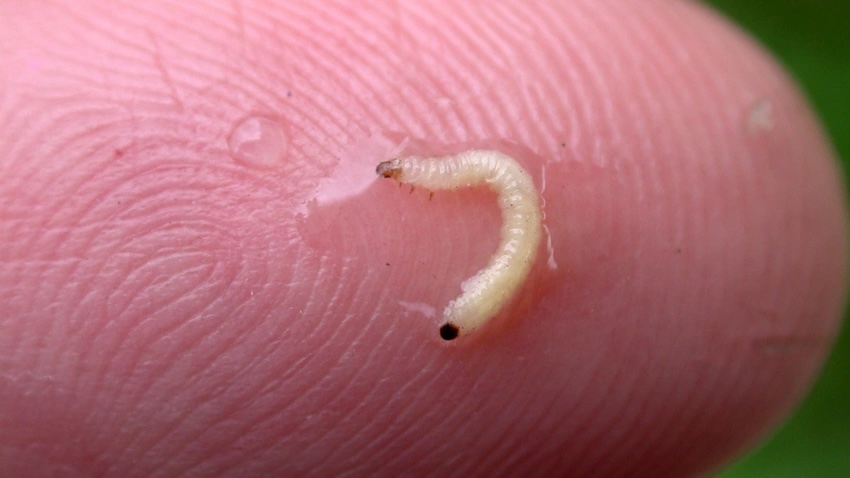CCAs clear the air about corn rootworm in Indiana

Seed companies claim rootworm numbers are higher, and we should use their newest technology. Are Bt rootworm products still effective? Do we need them?
The Indiana certified crop advisers panel answering this question includes Andy Like, independent crops consultant, Vincennes; Jeff Nagel, agronomist with Ceres Solutions, Lafayette; Marty Park, agronomist with Gutwein Seed Services, Rensselaer; and Dan Quinn, Purdue Extension corn specialist.
Like: Rootworm pressure is getting higher in some areas, but not all. In many areas, it is still minor compared to wireworms and white grubs. Figure out what level of rootworm pressure you have before deciding whether you need the rootworm trait. Traits are still effective if the target rootworm population hasn’t developed resistance. If your farm has moderate rootworm pressure, use crop rotation to suppress rootworms and eliminate the need for Bt rootworm-traited corn.
Nagel: Overall, corn rootworm numbers in Indiana trend on the low side. Historically, west-central and northwest Indiana are hot spots. While overall numbers there remain low, we observed corn rootworm beetles around silking in 2023. As beetles increase, more egg laying is likely, resulting in potential for more feeding on roots. We treated a corn-after-soybeans field with tremendous beetle pressure causing silk clipping this season. While an exception, it shows that insects can be sporadic and unpredictable.
There has not been a coordinated effort to monitor the rootworm population in Indiana recently. Observing fields and placing yellow sticky traps near corn-bean field splits gives more site-specific insights.
States west of Indiana are having more issues and some failures with Bt traits. In Indiana, Bt traits for corn rootworm are still effective. New RNAi technology is becoming available. The Handy Bt Trait Table compiled by Chris DiFonzo, a Michigan State University Extension entomologist, clarifies brand names.
Corn-on-corn rotations should have corn rootworm protection. Risks for corn-after-soybean fields will be higher in west-central and northwest Indiana. Work with a trusted adviser to assess risk and use the best trait-protected hybrids, at-planting insecticides and insecticidal seed treatments.
Park: In northwest Indiana, we continue to see corn rootworm pressure in heavier soils. Pressure varies year to year and is unpredictable. Years ago, our area was the epicenter of corn rootworm feeding on rotated acres. Currently, pressure is worse in corn-after-corn rotations. Most growers here use some sort of protection there. Many use protection on some rotated acres. Here, the better multiple mode-of-action traits still work well.
The industry is developing new trait packages with three modes of action needed in the northern and western Corn Belt. So, some newer hybrids hitting the market here have these new rootworm traits.
Quinn: Rootworm populations in Indiana are at historic lows. Often, current Btrootworm products will provide adequate protection. Indiana hasn’t seen the rise in rootworm concerns like Illinois and Iowa. Is it possible to get away with reducing or eliminating hybrid rootworm protection in Indiana? Sure, but you can also get burned if you’re not paying attention. Before reducing or changing rootworm traits, get an idea of actual pressure on your farm through traps, scouting and checking roots for feeding. Monitoring continuous cornfields is very important. I would not reduce or remove rootworm protection for continuous corn.

